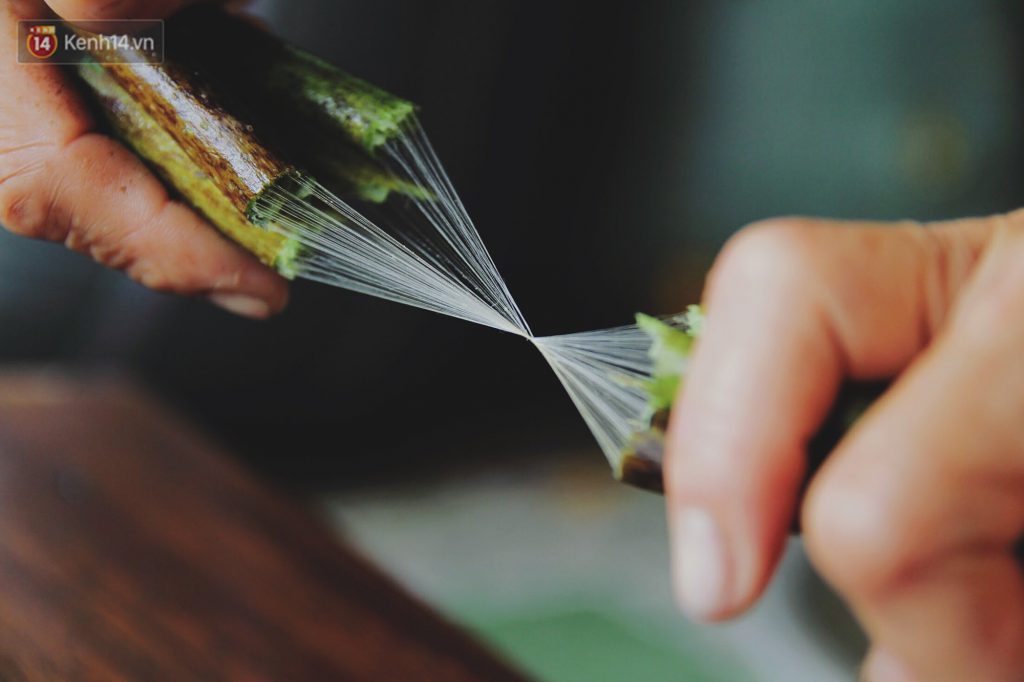Story LUONG HOAI TRONG TINH
Photos ALBERT KAHN MUSEUM, INTERNET
Vietnam’s traditional fabrics made from natural materials are emerging as eco-friendly choices in the fashion world.
Food and clothing are more than just basic needs. What we eat and how we dress have long been expressions of culture and identity, and as the world moves towards a more sustainable future, Vietnam’s traditional fabrics offer an enticing vision from the past.
Vietnam is blessed with a rich and diverse natural environment, where each region boasts its own characteristic plant species. This abundance provides not only food and medicine but also has been a sustainable source of materials for fabric production since ancient times.
For centuries, Vietnamese artisans have utilized these natural materials to create products for daily life, from weaving fabrics with silk and plant fibers to using dyes made from brown roots, turmeric and other plants. The practice has given traditional clothes such as the ao dai a unique charm that seamlessly blends rustic craftsmanship with sophisticated tailoring.
One of the most widely used fibers in Vietnam is silk, a luxurious material seen in fashion for both daily wear and elegant occasions. It is also commonly found in home decoration such as curtains and drapes, and on accessories like scarves and fans. The fabric offers a diversity of style and a versatility in usage that reflects the sophistication of traditional Vietnamese culture.

Bamboo, lotus, pineapple
In addition to silk, Vietnam also has a variety of cost-effective and eco-friendly fibers that are produced from plants such as bamboo, lotus, pineapple and jute, which are grown in many regions and widely used for fashion and interior decoration industries.
Foremost among them is pineapple, a common fruit in Vietnam with a history of being used in the textile industry since the 19th century. Pineapple fiber is strong and resilient, and can be cleverly applied to fashion and accessories. It is also environmentally friendly, as it utilizes the waste parts of the fruit and reduces pollution.
Lotus is another common plant in Vietnam, with a soft and smooth fiber and a natural odor resistance. However, the production process is labor-intensive, as it requires over 20 steps of meticulous craftsmanship to extract and weave the fiber. Lotus fabric is often dyed in various colors, creating a stunning visual effect.

Bamboo is also a familiar plant used for many purposes, such as construction, furniture and handicrafts. In recent years, bamboo has been extracted to make fibers for the textile industry. With better moisture absorption than cotton and high breathability, bamboo fabrics are comfortable and cool.
For modern wearers, natural fiber clothing provides simplicity and luxury. When redesigned with contemporary styles and forms, it becomes a true fashion statement. A return to traditional plant-based fibers also celebrates Vietnam’s natural beauty and cultural richness, while reflecting the growing trend toward sustainability in the fashion industry.










